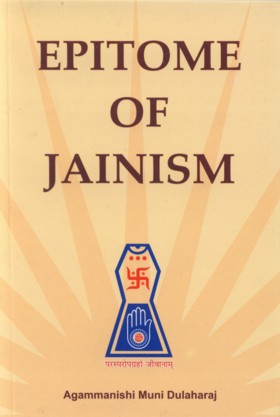At the time of Mahavira, the whole Sangha was integrated and was known as Nirgrantha Sangha. There were no divisions whatsoever. Though, in his time, his own son-in-law Jamali, a prominent monk in the Sangha, left the Sangha because of philosophical differences and never returned. But Jamali was not able to establish a new creed as the influence of Mahavira ruled the whole atmosphere.
Mahavira was a Jina. He remained naked. But he never stressed exclusively on the practice of nakedness. He always said, “Those who wish to take up the path of ‘Jinakalpi’ (nakedness), can do so if their physical strength and mental determination permits them. But if they want to tread the path of ‘Sthavirakalpi’ (monkhood with clothes), they can also go ahead and work out their own emancipation.” Thus he did not differentiate between the two. As such, his Sangha consisted of both kinds of ascetics - naked as well as clothed. They lived together doing Sadhana according to the advice of Mahavira. During his life-time there were no dissensions within the Sangha. But after his Nirvana, the Sangha, in the first half of the first century A.D., was split into two major parts - Digamber and Swetamber. Digambars were so called because they went naked while the Swetambaras wore white clothes. After a few centuries the differences intensified and bitterness arose which caused an impossible chasm between the two. A huge tree which though had its roots in the common soil was split up into two major parts.
Later on many sub-sects were formed in both of these major divisions. The formation of these sects were due to some internal differences in the practice of codes of conduct of the monks and nuns, and sometimes the philosophical divergences also helped separation.
In the 15th century A.D., the Swetambar sect was split up into two divisions, one believing in idol worship and the other opposing it.
Among non-idol worshippers, there are two main sects - Sthanakvasi and Terapantha. The Sthanakvasi sect originated in the 16th century. Lokashah opposed idol-worship and laid great emphasis on strictness of code of conduct. The followers of Lokashah established the Sthanakvasi sect and in due course it gained strength and popularity.
Terapanth is the last sect which originated in the second half of the 18th century. The first Acharya of this sect was Bhikshu who was revolutionary and radical. His sole aim was to dedicate his whole life in the search of Truth and its application to all the aspects of life.
 Agammanishi Muni Dulheraj
Agammanishi Muni Dulheraj
